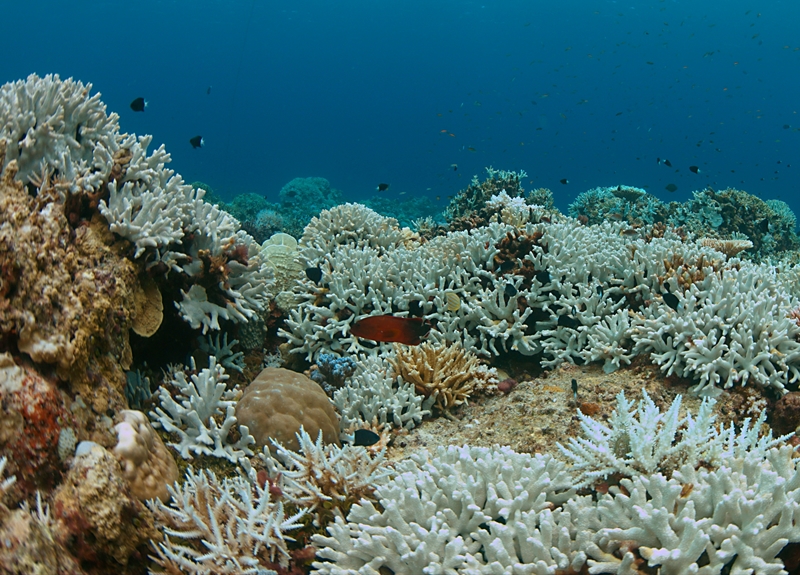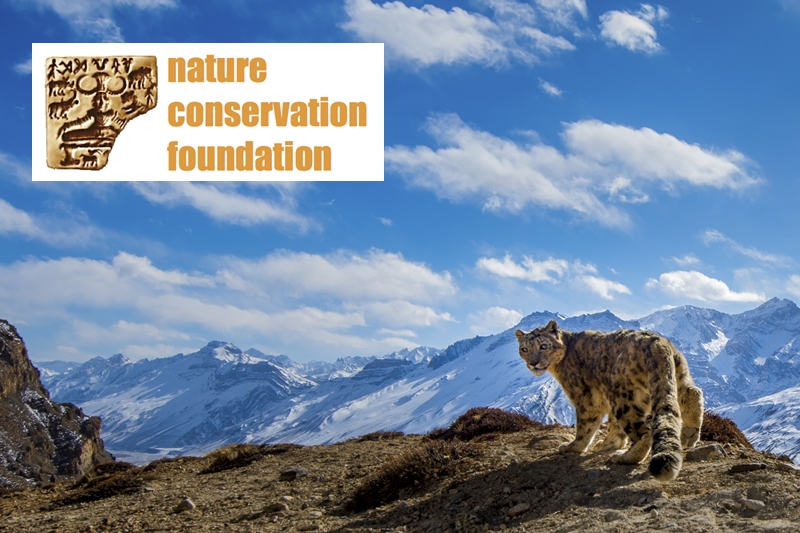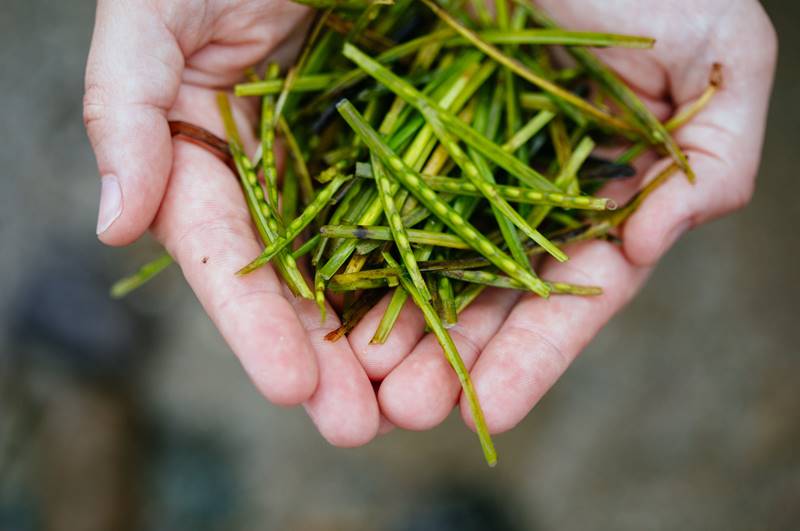Climate Change
The last decade was the warmest on record. Left unchecked, the consequences of climate change are catastrophic.



A long-term shift in weather patterns can be caused by natural events such as the sun or volcanic activity, or by human activity. Since the Industrial Revolution agriculture, deforestation and the burning of fossil fuels have resulted in higher levels of greenhouse gases including carbon dioxide and methane in the atmosphere. The Earth is now about 1.1°C warmer than it was in the late 1800s and there is 50% more carbon dioxide in the atmosphere.
What does this temperature rise mean for the ocean?
Increased levels of carbon dioxide and other greenhouse gases change the ‘chemistry’ of the ocean, including its temperature and acidification. This impacts the diversity and abundance of species as well as leading to a rise in sea level, changing currents and weather systems. Together these changes threaten coastal and marine ecosystems and the food security of local communities. Conservation and restoration of these areas in hand with cutting emissions is vital to the health of the ocean. A few specific examples follow:
Coral reefs cover less than 0.1% of our ocean, but they are home to 25% of its wildlife and provide for an estimated 850 million people in coastal communities worldwide. This makes them one of our planet’s most productive and important ecosystems. Half of all coral reefs have been lost since 1980.
Our polar regions are warming faster than anywhere else. Sea ice is estimated to be 65% thinner than it was in 1975. Polar marine ecosystems are particularly sensitive to climate change. Loss of sea ice means the sun’s energy is absorbed by the ocean rather than being reflected by the ice, warming the planet further.
Migration routes have started to change due to the impact of climate on ocean currents, while storm surges threaten habitats including beaches where marine turtles and birds nest. For marine turtles, the temperature of the sand determines the gender of the turtle – studies show that warmer sand results in more females being born.
On Land
Increased C02 in the atmosphere traps the sun’s heat and warms the planet. Climate change could make some areas inhabitable and ruin livelihoods, for example, by turning farmland to desert. We rely on the land for essential services including food, water, timber and energy. It is our land use, from intensive agriculture to clearing of forests that has triggered these changes in climate.
Protection of carbon stores including peatlands and intact woodland/forest is vital. Restoration of degraded areas where possible would help to mitigate some of the damage we have done although scientists suggest that it can take many years for new woodlands to sequester carbon. Sustainable farming, reducing food waste, improving recycling and developing bioenergy are all necessary in order to meet the targets set out by the Paris Agreement (to keep the rise in mean global temperature to 1.5 °C).
Fragmentation of habitat is linked to the decline of many species including tigers who are restricted to just 7% of their original range. Fragmentation is caused by human activity (land conversion for farming and building) but also by extreme weather events linked to climate change, including fire and flood. A 2022 study by the UN predicts that extreme wildfires will increase by around 50% by the end of this century. Burning of forests and peatlands will increase the amount of carbon in the atmosphere by unlocking its carbon stores.
We attended the COP26 Climate Summit held in Glasgow in 2021 and although there were some significant agreements, it remains to be seen if the pledges will be upheld.





